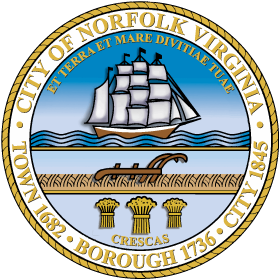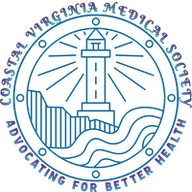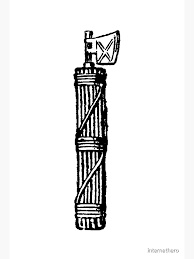And Surgeons
The Future of Healthcare

Policy Brief: The Case for Widespread Adoption of Direct Patient Care (DPC) in the United States
Executive Summary:
Direct Patient Care (DPC) is a healthcare delivery model in which patients pay
a flat monthly or annual fee directly to their physician for a defined set of
primary care services. Widespread adoption of DPC has the potential to
transform the U.S. healthcare system by improving access, lowering costs,
enhancing quality, and restoring physician satisfaction. This policy brief
outlines the key benefits of DPC and proposes steps to support its national
expansion.
I. Background
- The U.S. healthcare system is burdened by high costs, physician burnout, limited access to care, and poor health outcomes relative to other developed nations.
- Primary care is underfunded and overburdened, contributing to workforce shortages and declining quality of care.
- DPC bypasses third-party insurance for primary care services, reducing administrative costs and increasing direct physician-patient engagement.
II. Benefits of Widespread DPC Adoption
1. Enhanced Access to Primary Care
- Patients receive same-day or next-day appointments.
- Smaller patient panels (300-600 vs. 2,000+) allow for more personalized care.
- Greater availability in rural and underserved communities due to lower overhead.
2. Lower Healthcare Costs
- Eliminates billing-related administrative expenses.
- Reduces unnecessary emergency room visits and hospital admissions.
- Encourages price transparency and discounts for ancillary services (labs, imaging, medications).
3. Improved Health Outcomes
- Longer visit times enable better chronic disease management and preventive care.
- Stronger physician-patient relationships improve adherence and satisfaction.
4. Increased Physician Satisfaction and Workforce Stability
- Physicians experience lower burnout and higher professional autonomy.
- Predictable income from membership fees supports financial stability.
- More attractive to new medical graduates considering primary care.
5. Simplified Patient Experience
- Transparent pricing, no co-pays or deductibles for covered services.
- Greater convenience through telehealth and direct communication.
- Clear understanding of coverage and expectations.
III. Policy Recommendations
- Promote Public Awareness
- Fund educational campaigns to inform patients and employers about DPC benefits.
- Remove Regulatory Barriers
- Clarify that DPC is not insurance under federal and state law.
- Permit Medicare and Medicaid beneficiaries to opt into DPC models with wraparound coverage.
- Support Physician Transition
- Provide startup grants or loan forgiveness for physicians opening DPC practices.
- Encourage inclusion of DPC principles in medical school curricula.
- Facilitate Integration with Catastrophic Coverage
- Encourage development of affordable high-deductible plans that pair with DPC memberships.
- Encourage Employer Adoption
- Allow employers to fund DPC memberships with Health Savings Accounts (HSAs) or direct subsidies.
Conclusion:
Direct Patient Care offers a practical, patient-centered alternative to the
traditional insurance-based model of primary care. With appropriate policy
support, DPC can play a crucial role in revitalizing American primary care,
reducing systemic costs, and improving population health. Policymakers,
employers, and healthcare leaders should act now to support its nationwide
expansion.
Prepared by:
Coastal Virginia Medical Society
June 20, 2025
Your Comments
Please add your comments or suggestions on any past or future events in the box below.
Newsletter
Stay up to date on issues and news you need to know. The CVMS Bulletin is published monthly and will list concerns that local physicians have expressed about healthcare in Coastal Virginia and how we can make it better. We will provide potential solutions and let you know what is happening behind the scenes to help solve these problems. Membership is not currently required to receive the newsletter.



Recent Articles
-
CVMS-Bulletin-November-2025
Nov 28, 25 08:23 AM
CVMS Newsletter - Medical News and Commentary -
CVMS Membership Drive 2025
Oct 16, 25 10:53 AM
Information about the membership importance and benefits. -
Letter to Governor Youngkin re: COVID-19 Vaccine Recommendations
Oct 16, 25 10:45 AM
The Honorable Glenn Youngkin
Office of the Governor
P.O. Box 1475
Richmond, VA 23218
Dear Governor Youngkin,
On behalf of the Coastal Virginia Medical Society (CVMS), based in the Hampton Roads area of Sou…
Sign Up for the New CVMS Bulletin
Things You Need to Know
News Releases
from the
Virginia Beach Health Department
Norfolk Public Health Department
Chesapeake Health Department
The Roman Fasces was a symbol of strength and power occurring as a result of many binding together. It was made of multiple elm or birchwood rods about 5 feet long tied together and sometimes including an axe. It was carried by attendants to soldiers or powerful figures in ancient Rome. For us, it symbolizes that we are stronger and more powerful if we bind together in supporting our goals.





